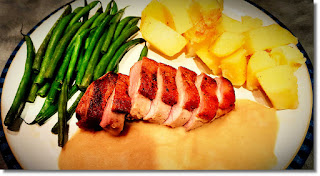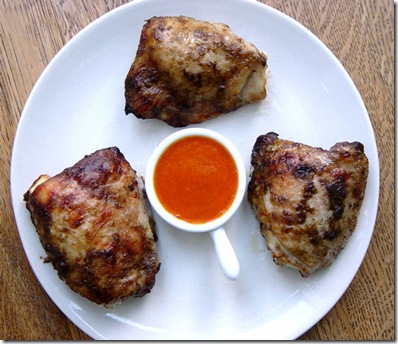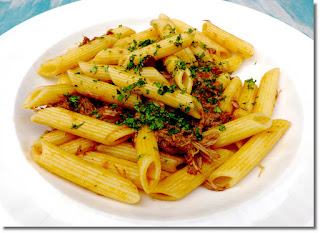Mango & Chilli Sauce

This simple, versatile recipe is another one that I've been meaning to post for quite a while. It's a sweet and spicy sauce that gives you both colour and powerful flavour. It's based, pretty loosely, on a barbecue sauce that Peter Gordon made back in the London Sugar Club days. The sauce will work well with fresh, frozen or even canned mango but there's likely to be a big difference in the sweetness that each type of mango brings to the sauce, so taste and adjust the acidity as you see fit. It's a very forgiving concoction, so vary the spices and the amount of chilli as you fancy. The sauce is good with most simple meat suppers, like burgers, sausages, pork and venison. But it will also liven up leftovers and veg, including winter root veg. Use the sauce to baste during cooking and serve the warmed sauce over or alongside your chosen main ingredient. You could also try it cold as an alternative to the usual ketchup or chilli sauce. In theory, this makes enough for





